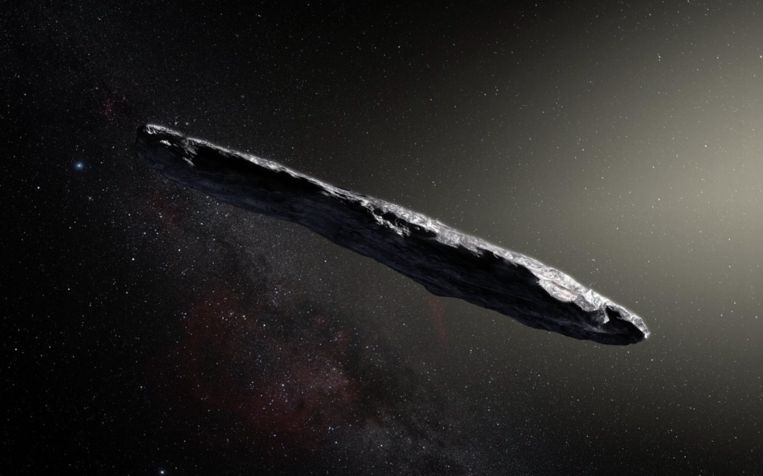
The European probe has not yet intercepted an undiscovered comet in space
Although humans have previously visited comets, ice spheres, and pebbles from deep space using probes, these things have always been about objects that have already spent a relatively long time near the sun. It was already somewhat affected by warming, among other things, while almost completely “pure” comets remained in their original state thanks to a much wider orbit around the Sun.
This is especially interesting to scientists because comets contain material left over from the formation of the Solar System. Their chemical composition can help reveal, among other things, how Earth and other planets once formed.
European Space Agency ESA
Then there’s also the chance that the European Space Agency’s Comet Interceptor mission will visit a celestial body from outside our solar system, a piece of rock and ice that contains the remnants of planet formation around a star other than the Sun. Such an object could reveal, among other things, the differences between the history of our solar system and the history of other planetary systems.
Although interstellar comets are much rarer than icy orbs from the cosmic backyard, astronomers have discovered two of them in recent years. For example, Comet Borisov visited us in 2019 and ‘Oumuamua in 2017 was the first interstellar object discovered by humans. Both objects have defied the astonishing distances between stars and just happen to be temporarily entangled in the Sun’s gravity.
Three-dimensional
Comet Interceptor is scheduled to leave for space in 2028, This is what the European Space Agency announced† After launch, fly to the L2 Lagrangian point, a place in space where the gravitational pull of the Sun and Earth balance each other. There, the mission will wait up to six years for the researchers to find a suitable target. The team estimates that the probability of finding a target that the Comet Interceptor can reach within its lifetime is about 80 percent.
Once the mission reaches that goal, the Comet Interceptor, which consists of a main craft and two smaller probes, will orbit the comet several hundred miles above the surface for several hours and map the object in 3D. In addition, the sensors measure, among other things, the chemical composition of a comet and the gas and dust emitted by that comet.
If the mission is successful, Comet Interceptor will give humanity its first close-up view of a still-pure orb. This is something scientists have never seen before.

“Travel enthusiast. Alcohol lover. Friendly entrepreneur. Coffeeaholic. Award-winning writer.”
